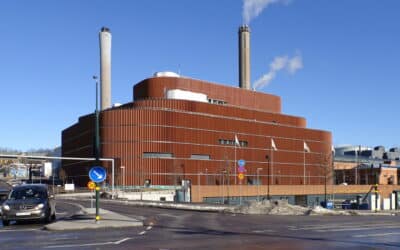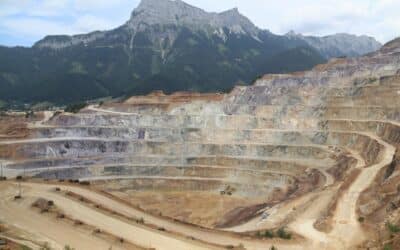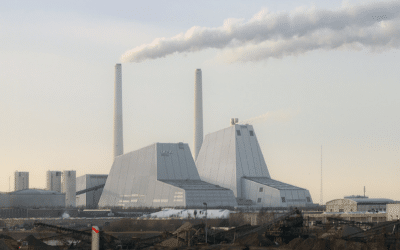A new article published in Environmental Research Letters has made media headlines such as “Burning trees ‘may help global warming”. It is not unknown for the media to hype up and even misrepresent announcements by scientists, but in this case, the authors’ own press release indeed promises amazing prospects from Bioenergy with Carbon Capture and Storage (BECCS): “What we demonstrate in our paper is that even if we fail to keep temperature increases below 2°C, then we can reverse the warming trend and push temperatures back below the 2°C target by 2150.”
A remarkable finding indeed, given that, as a recent scientific review discussed elsewhere on this blog shows, capturing one billion tonnes of carbon a year through BECCS would require up to 990 million of hectares being converted to plantations, threatening biodiversity, food production, freshwater reserves and soils. Yet this latest article, by researchers based at Chalmers University in Sweden, assumes that not just one but five billion tonnes of carbon would be sequestered through BECCS every year. Just how did they conclude that bioenergy production on such a massive scale would be possible, let alone ‘carbon negative’? As a closer read of the study itself shows, they simply assumed so, rather than concluded it from either their own research or any review of other studies:
+ They assumed that capturing 5 billion tonnes of carbon a year through BECCS would require 500 million hectares of land. The article does not discuss where that land would be found or how it is used at present. 500 million hectares is more than 1.5 times the size of India. Yet even such a vast land area is far less than the authors of the recent scientific review, discussed in our previous blog article, had calculated would be needed for a BECCS programme of such a scale. So how exactly did the Chalmers University researchers derive that figure? According to their article, it’s based on “a back-of-envelope estimate of global land requirements” – no further insights given.
+ They assumed that all biomass is carbon neutral[1]. Amongst those scientists who have studied the carbon impacts of bioenergy, there is a now effectively a consensus that bioenergy is not in principle carbon neutral and that soil carbon losses, carbon emissions from direct and indirect land conversion and the time-delay between carbon emissions from burning wood and future carbon sequestration by new trees must be accounted for. Some of those studies can be found here. Scientists who have published on this topic might disagree about the scale of carbon emissions linked to different types of bioenergy and some are far more optimistic about others about the potential for genuinely low-carbon bioenergy. But none of the scientists who have studied these questions claims that there are zero carbon emissions associated with all types of bioenerg. Sequestering 5 billion tonnes of carbon through BECCS, would require at least 10 billion tonnes of wood – more of other types of biomass were included. The Chalmers University researchers assume that 10 billion tonnes of wood can be harvested every year without a single molecule of carbon lost from soils and ecosystems. It seems worrying that such an assumption could pass the journal’s peer-review process.
+ They did not discuss potential carbon dioxide leaks from ‘carbon storage’, nor the carbon balances of combining BECCS with ‘enhanced oil recovery’, nor did they discuss the technical and economic feasibility of BECCS schemes.
The only thing credibly shown by the article is that it would improve the prospects of mitigating climate change if it was possible to take 5 billion tonnes of carbon out of the atmosphere every year. No doubt it would. Evidence that a geo-engineering method like BECCS could sequester carbon, that its impacts would be benign or that it would even be feasible is entirely lacking. And it seems worrying that Chalmers University and a peer-reviewed journal would have allowed such a deeply flawed article to be published.
The clearly flawed nature of the study raises serious questions about the motives for widely disseminating the supposed ‘findings’ to the media. Perhaps the media alert was informed by the funders of the study? Those, as acknowledged in the article, were the Swedish Energy Agency and Carl Bennet AB. The Swedish Energy Agency is a government agency which supports the government’s energy policy, including through funding Research & Development related to carbon capture and storage and further increases in biomass use for electricity. Carl Bennet AB is a Swedish investment firm with financial interests in a growing number of sectors – including ‘forestry’ and ‘environmental technology’. It is easy to see how the study’s supposed findings serve the interests of their funders – harder to think of any truly scientific motive for writing and then widely disseminating such an article.
[1] The authors acknowledge that a BECCS programme on such a scale would require a major increase in fertiliser use and nitrous oxide emission but they do not acknowledge any carbon emissions associated with it.


